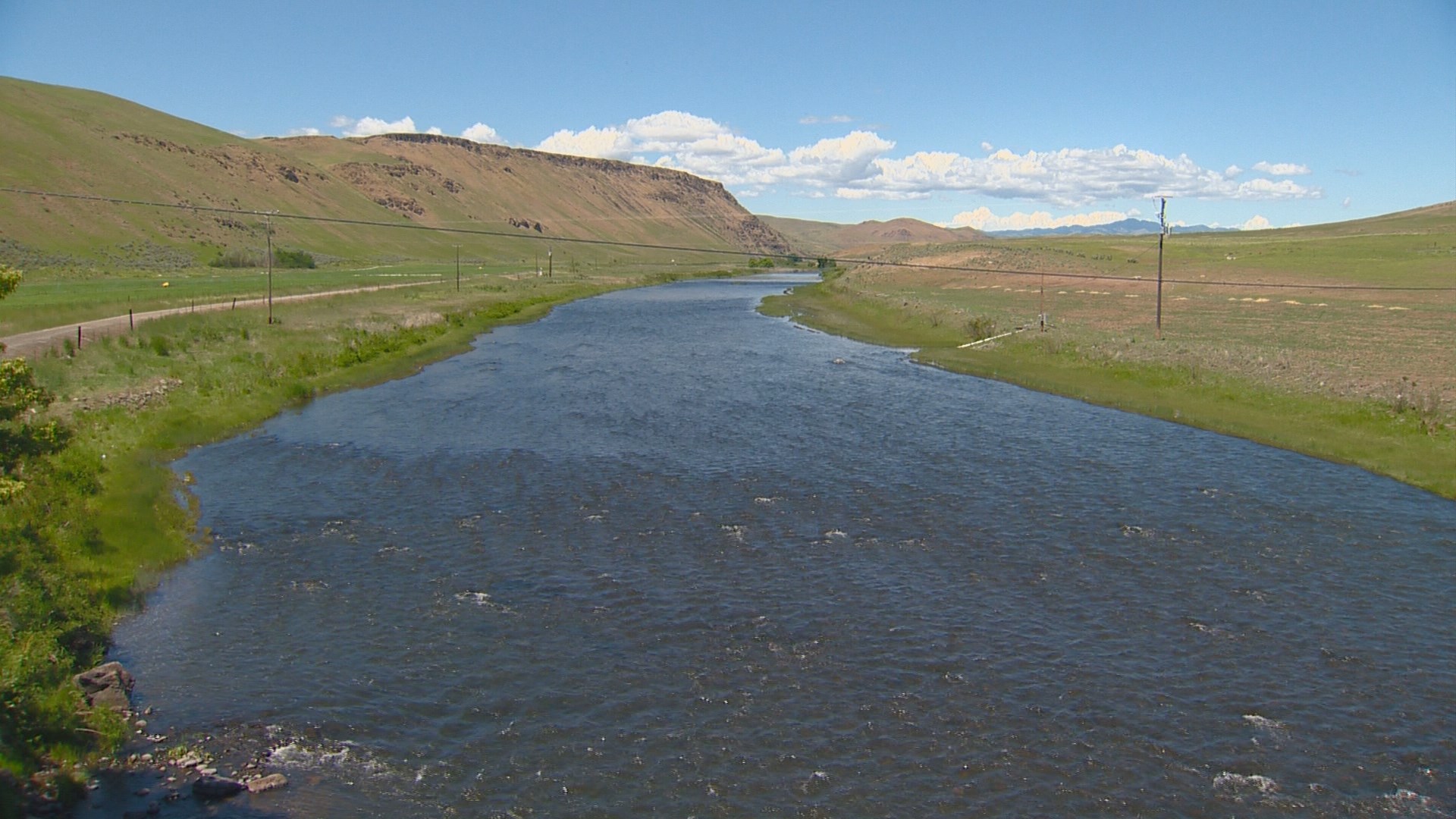WEISER, Idaho -- It's a debate that's been building for decades, and now, a major dam proposal on the Weiser River is gaining momentum.
It's called the Weiser-Galloway Project, and it's being studied as an option to help the water supply throughout the state.
PURPOSE FOR PROPOSAL
The Idaho Department of Water Resources says the massive project could be an answer to the state's water needs.
The proposed dam would be 283 feet high and would be located about 12 miles east of Weiser.
It's something that's been discussed before but Cynthia Bridge Clark says this plan is different.
"The concept is to capture water that would otherwise leave the state of Idaho so it provides that additional supply for us to work with within the state," said Clark.
Clark explains that Idaho is responsible for sending nearly 430,000 acre feet of water through the Snake River to the Columbia River every year for salmon migration. That's nearly half the total supply in the Boise system.
The water flows from the Payette, Boise, and Upper Snake rivers.
"The question is whether some of that water could be provided from the Weiser River," said Clark.
Clark says the Weiser-Galloway Dam could hold up to 750,000 acre feet, contributing to what needs to flow out of state and freeing up more water for use in Idaho.
The proposed reservoir would be about the size of Lucky Peak and Arrowrock combined.
IDWR says they're listening to stakeholders and studying the data, but believe the project is worth it.
"It could be a value on a very large scale to the state as a whole," said Clark.
IDWR is estimating the cost of the dam and hydropower station at about a half billion dollars. As for the timeline, it would take about ten years for the studies and permits to go through, and would need approval by the legislature.
CONCERNS ABOUT PROJECT
But Marie Kellner with the Idaho Conservation League says it would hurt the free flowing system their organization is trying to protect.
"We don't want to lose those values of Idaho rivers that mean so much to so many people," said Kellner.
She says their organization has been watching the project closely over the years and has big concerns about how it would impact the surrounding area.
"Building a new large dam that has negative impacts, ecological and environmental impacts, it would devastate fisheries and other species habitat and we don't think it's necessary," said Kellner.
The Idaho Conservation League believes there are cheaper and more sustainable options when it comes to fighting drought. They would like to see the state spend resources on other measures, like teaching better water management and helping irrigators do more with less.
"By the time something like this would happen it's likely to cost upwards of a billion dollars, to take over a decade, and we feel like if the state could take those types of resources, if they could spend even a fraction of those resources, on helping large scale water users to do more with less water," said Kellner.
IMPACT ON WEISER RIVER TRAIL
The organization Friends of the Weiser River Trail says they are neither opposed to nor support the plan, but would be affected.
"I really question whether this dam makes sense in this area," said Gayle Poorman, vice president of the organization.
She says the Department of U.S. Transportation deeded the title of the land, along the railroad, to the group in 1997. Poorman says the agreement means they must preserve and protect the 84-mile stretch that runs through the canyon.
Poorman says more than a million dollars has been invested in the trail and the amenities along it. It's a non-motorized area and a tourist destination.
If the Weiser-Galloway Project goes through, the group would have to re-route the trail, something that could cost significant money.
"Is this really a justified cost compared to what we're losing? We're losing a roadless canyon. We're losing a section of trail. We're losing a lot of wilderness," said Poorman.
The dam would be built about 12 miles east of Weiser and the reservoir would fill the canyon about 16 miles north. It would include a 283-foot dam and hydropower station.


